MAASIM, Sarangani (September 13, 2009) – Officers and members of community organizations and business establishments invited by the local government unit (LGU) to a forum have signed a manifesto of support to the 200-megawatt coal-fired power plant project of Conal Holdings Corp. in barangay Kamanga
The manifesto-signing followed a symposium on climate change organized by Maasim LGU at the municipal gymnasium Friday (September 11).
Mayor Anecito Lopez Jr. said the symposium was conducted to raise the awareness of residents in the municipality about climate change, what are its causes, impacts, and how people can minimize, if not prevent its adverse effects.
The local government of Maasim invited a professor from the University of the Philippines in Los Banos, Laguna, Dr. Florencia Pulhin, to further discuss about climate change.
Pulhin said the level of awareness of people regarding climate change is very low especially in the provinces. She said people can slow down the effects of climate change by planting more trees, recycling waste, minimizing food waste, among others.
Pulhin added that one of the causes of climate change is the putting up of industries, but she was quick to add that it will also depend on the technology used by the industry that can contribute to the impact of climate change.
Lopez, however, stressed that the municipality is “101 percent” open to development especially the project of Conal Holdings Corp., which will bring employment and livelihood opportunities to people in the area.
"Ten years ago, Maasim was one of the poorest municipalities, but now, it turned to become a Class A municipality. Investments came in, Dole Philippines and Lapanday were already here, that's why we also signify our support to the coal-fired power plant project because we know that if it will be pushed through, it will have a domino effect," Lopez said.
Meanwhile, Kamanga Barangay Captain Danrib Macagcalat asserted that not only his barangay is open to the project of Conal Holdings Corp. but also other barangays in the municipality.
Macagcalat said at first he was hesitant with the idea of putting up a power plant in his barangay, but eventually realized that the project will be for the development and betterment of economic activities not only in Maasim, but in other municipalities of Sarangani as well.
"Nakita man gud nako sa ubang lugar dinhi nga mosuporta gyud sila sa proyekto ug gi-iingnan pod ko sa ubang mga kapitan sa laing mga barangay nga magmahay ko kung isarado nako akong huna-huna sa maong kalamboan. Wala ko'y nakita nga dautang rason aron mosupak, kung makadaut man na sa kinaiyahan, aduna man pod kiya'y katungod nga ipasarado na, pero sa pagkakaron, dili gyud ko madala anang mga istorya nga makadaut kay wala pa man nato nasuwayan," Macagcalat said.
He added that the project would really bring development to the community and would give employment to the people, which is one of the problems of the residents in the area.
Macagcalat, who was among those who signed the manifesto of support, agreed that the officers and members of the organizations and business establishments who supported the project believe that environment protection, health, and safety of the community are properly addressed.
They also look forward to employment and business opportunities that would improve the lives of the people in Maasim.
Some residents of the municipality, who gave their statements, were also open to such development.
Linda Gabas, Aniana Abad, and Rey Tangcong, who keenly observed during the symposium on climate change, were one in saying that they are positive with the project because they understand what it could bring to Maasim. (Joy Sevilla/SARANGANI INFORMATION OFFICE)
Subscribe to:
Post Comments (Atom)




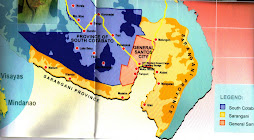

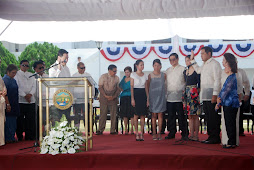
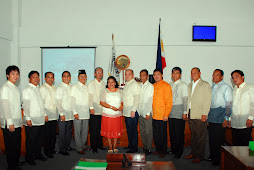


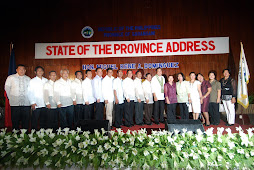
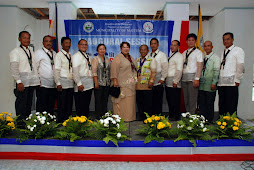
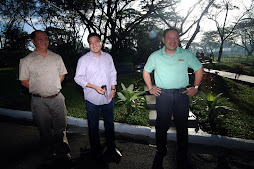






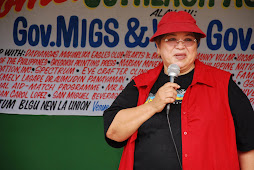

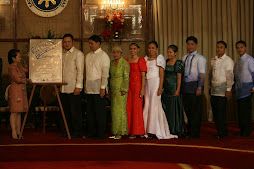



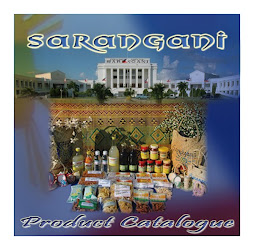

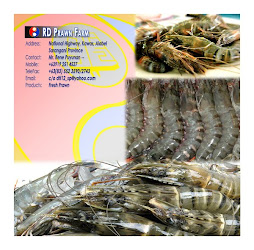
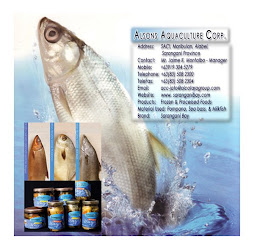


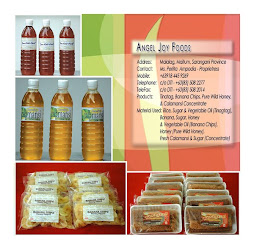


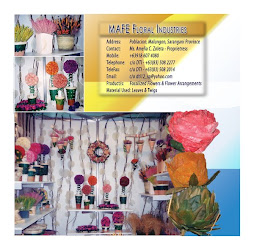


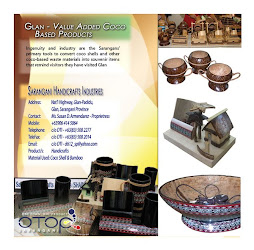
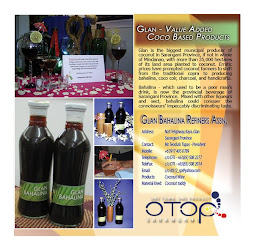
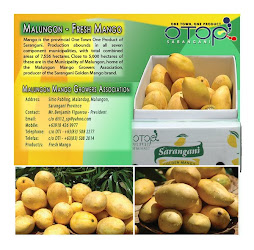
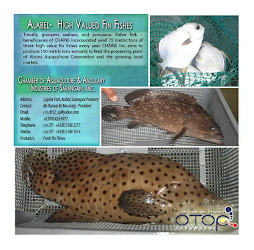


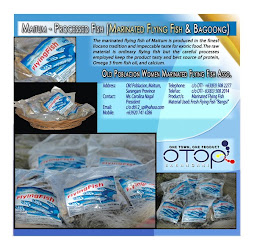
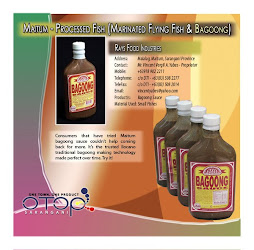

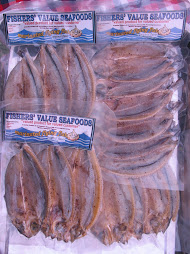

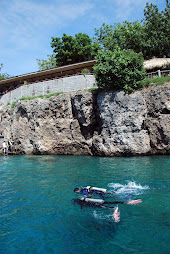
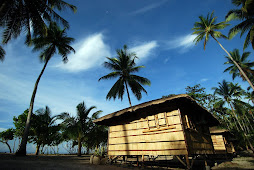



4 comments:
LGU and the residents of Maasim should not overlook the fact that almost all of the progressive countries are trying to convert their energy resources to eco-friendly power plants such as from wind and sun. The reason?...well...simply to prevent the drastic effect of global warming. The coal power plants are proven to have massive CO2 emission which constitute most of the air-pollutants. Coal power plants are junked energy sources of other countries so why Maasim is picking up this toxic junk? Even covering the entire municipality with trees (which of course wont be realized because of it being an agricultural land planted with corns, cottons, coconuts and now pineapples), it wont still compensate the effect of the CO2 emission.
I am pro-development but people should consider all of the possible cons of this big-budgeted project and not just making some trial-and-error or some cover-ups. Maybe if that company will have a technology that will minimize the emission from 100% to .01% or less,then it's a win-win project-jobs for the people, more investments, income for Maasim and reduction of power shortage.
I agree with the comments here... But there is nothing that anyone can do to stop the 200-megawatt Kamanga power plant from being developed.
I might have a solution that will help with the C02 emissions.
January 2011, I plan on planting 1 hectare of Kenaf on my families land near General Santos.
Kenaf plant absorbs CO2 from the atmosphere more than any other crop - about 1.5 tons of CO2 is needed for a production of 1 ton of dry matter of Kenaf. It means that every hectare of Kenaf consumes 30-40 tons of CO2 for each growing cycle. During a single growing cycle, each hectare of kenaf consumes the amount of CO2 that exhaust from 20 cars in whole year. Since no chemical pest control is needed, neither toxic nor synthetic products should be applied during growing cycle, hence growing Kenaf benefits the eco-system. Kenaf plant can absorb toxic elements, such as heavy metals from the soil. Industrial products made with Kenaf fibers instead of synthetic fibers can be recycled. Very important aspects for automotive & construction industries.
The Philippines spends a considerable amount of foreign exchange for fiber imports. From 1984 to 1986, the government spent US $404,282 or about P9 million to buy 1,117,783 kg of Kenaf fibers needed in making gunny sacks.
Conal Holdings rolls out $13M/USD agro-forestry project..“We are initially targeting 4,100 hectares for the project”
http://asiancorrespondent.com/edwin-espejo/conal-holdings-rolls-out-$13m-agro-forestry-project
Think about it, if they use Kenaf for this "Carbon Sequestration Program", Theoretically 123,000 to 164,000 tons of C02 emissions can be reduced per growing cycle. That's like removing 82,000 cars off the roads per growing cycle.... Kenaf can be harvested twice a year.
I'm in the investment business here in America, and I'm looking for help from people that have the same interest... Helping the local Sarangani economy and reducing global carbon emissions.
Please contact me.. If you have any associates that can help... Or maybe you know how to get a hold of the Congressman of Sarangani, Emmanuel "Manny" Pacquio or Governor Migs Dominguez.
Salamat,
mic@equities.com
I agree with the comments here... But there is nothing that anyone can do to stop the 200-megawatt Kamanga power plant from being developed. I might have a solution that will help with the C02 emissions. January 2011, I plan on planting 1 hectare of Kenaf on my families land near General Santos.
Kenaf plant absorbs CO2 from the atmosphere more than any other crop - about 1.5 tons of CO2 is needed for a production of 1 ton of dry matter of Kenaf. It means that every hectare of Kenaf consumes 30-40 tons of CO2 for each growing cycle. During a single growing cycle, each hectare of kenaf consumes the amount of CO2 that exhaust from 20 cars in whole year. Since no chemical pest control is needed, neither toxic nor synthetic products should be applied during growing cycle, hence growing Kenaf benefits the eco-system. Kenaf plant can absorb toxic elements, such as heavy metals from the soil. Industrial products made with Kenaf fibers instead of synthetic fibers can be recycled. Very important aspects for automotive & construction industries.
Conal Holdings rolls out $13M/USD agro-forestry project..“We are initially targeting 4,100 hectares for the project” http://asiancorrespondent.com/edwin-espejo/conal-holdings-rolls-out-$13m-agro-forestry-project
Think about it, if they use Kenaf for this "Carbon Sequestration Program", Theoretically 123,000 to 164,000 tons of C02 emissions can be reduced per growing cycle. That's like removing 82,000 cars off the roads per growing cycle.... Kenaf can be harvested twice a year.
I'm in the investment business here in America, and I'm looking for help from people that have the same interest... Helping the local Sarangani economy and reducing global carbon emissions.
Please contact me.. If you have any associates that can help... Or maybe you know how to get a hold of the Congressman of Sarangani, Emmanuel "Manny" Pacquio or Governor Migs Dominguez.
Salamat,
mic@equities.com
Post a Comment